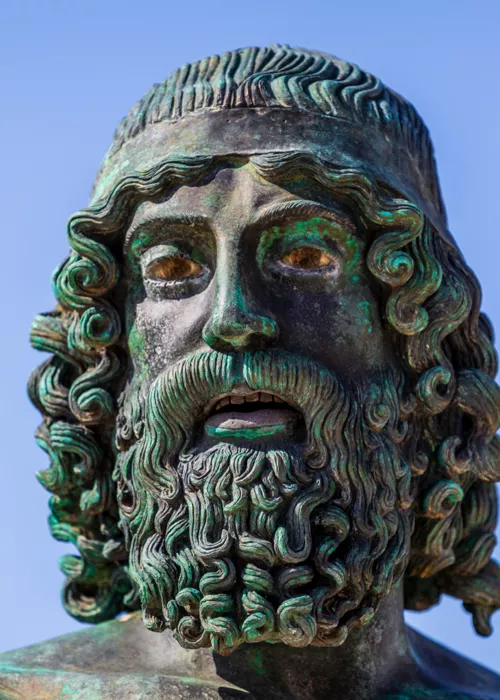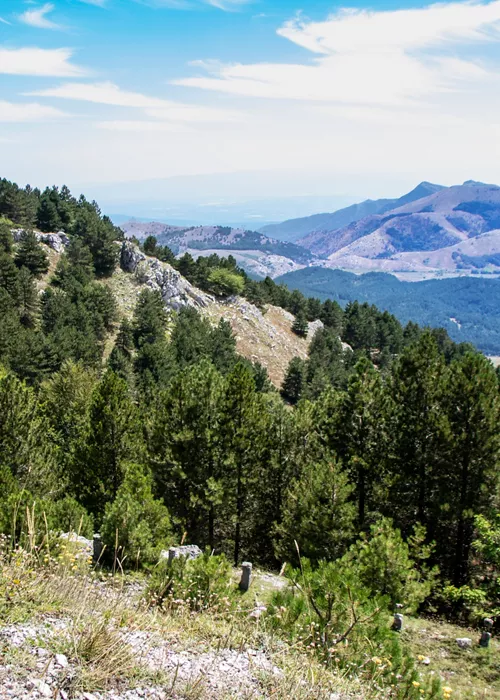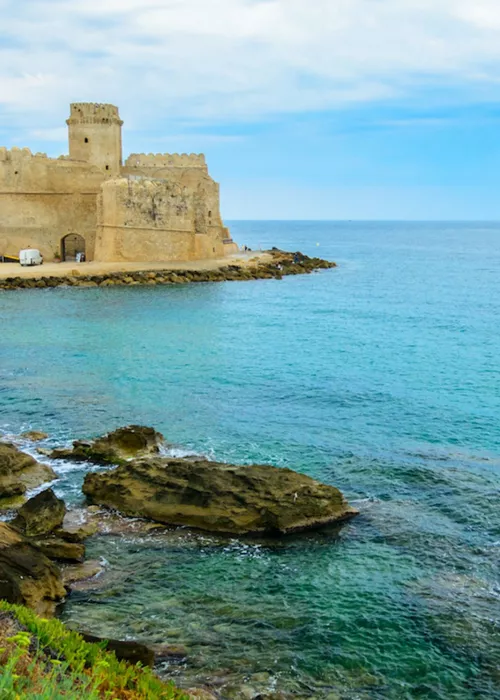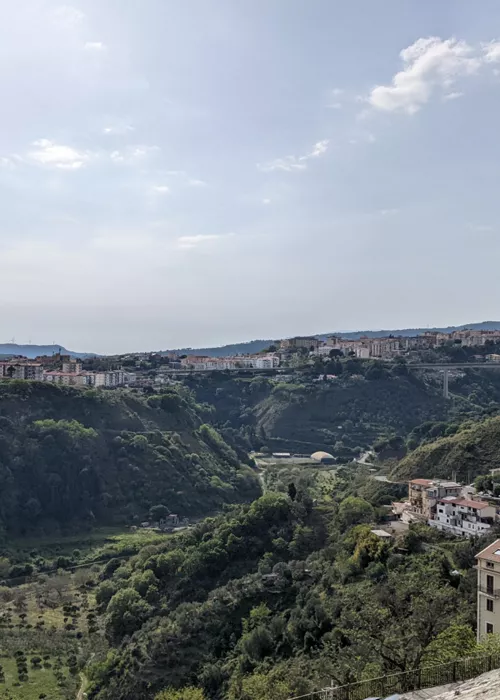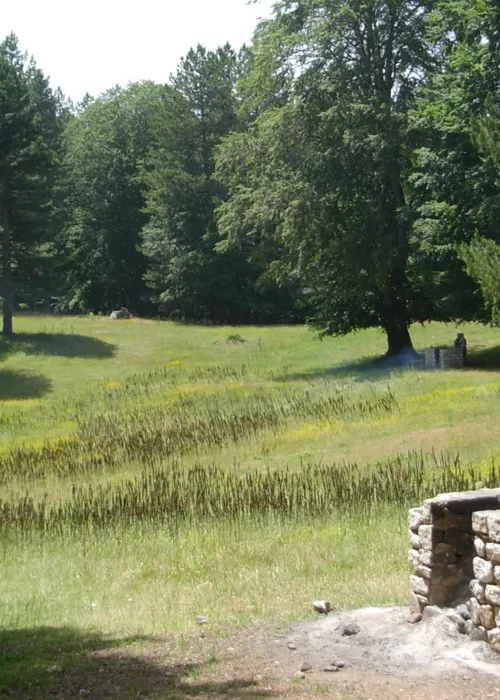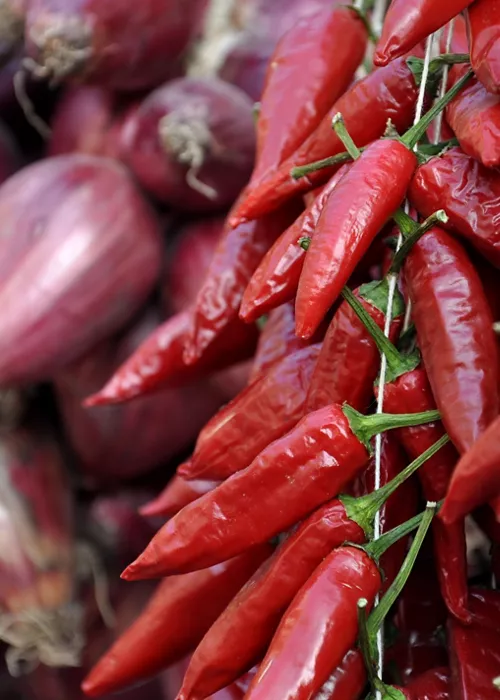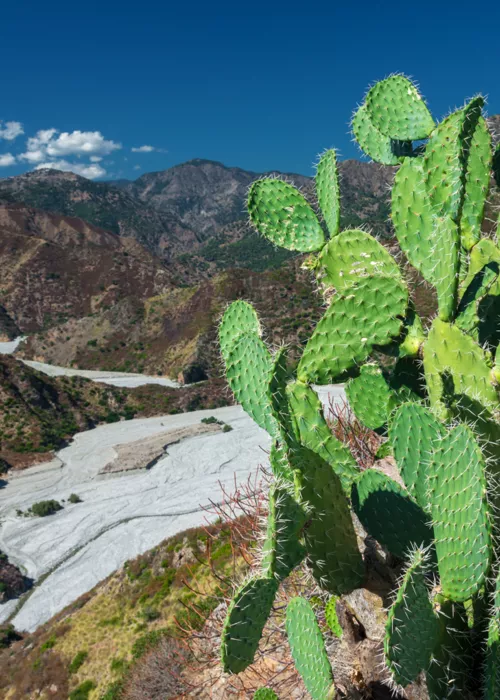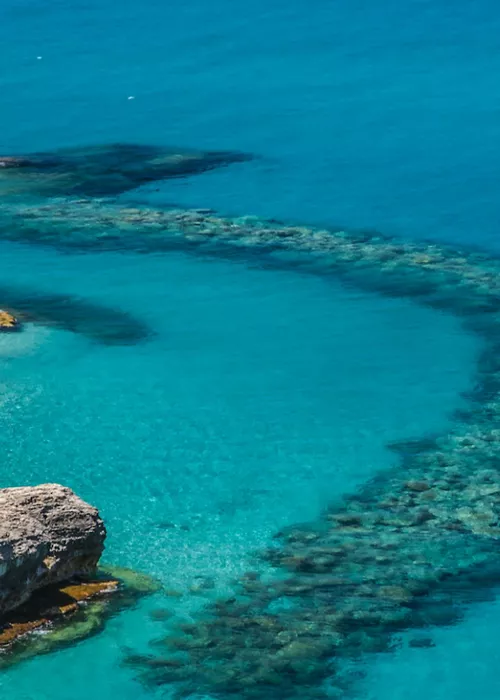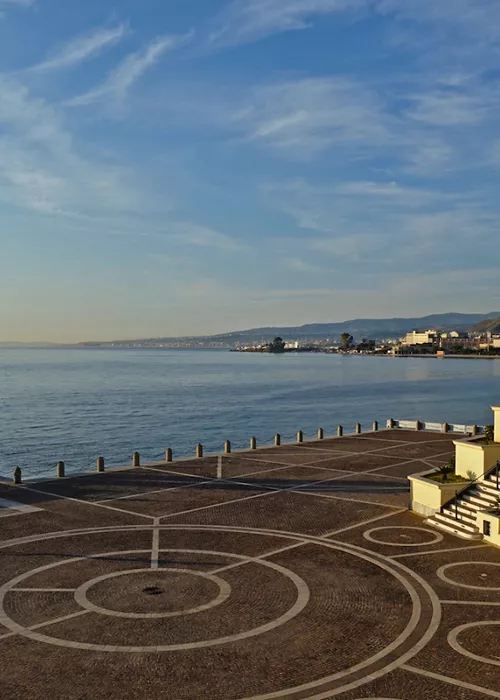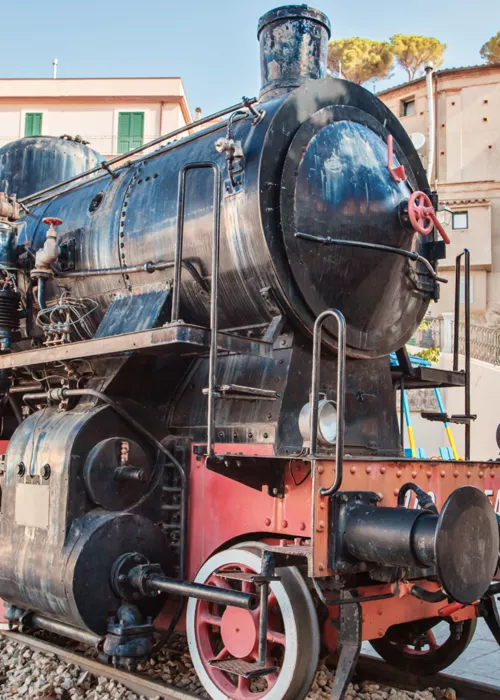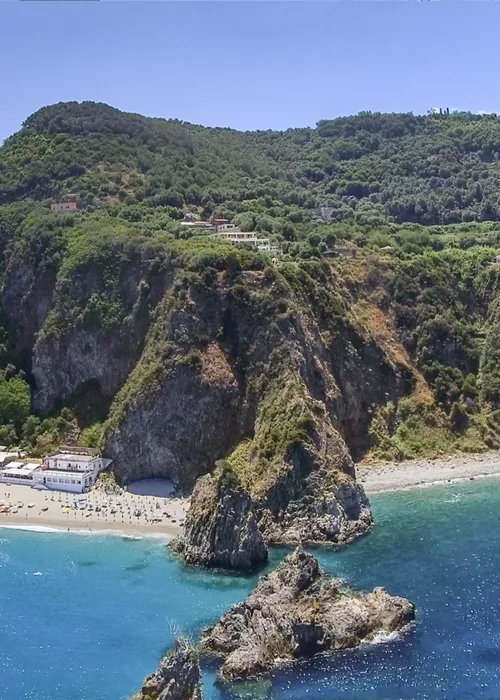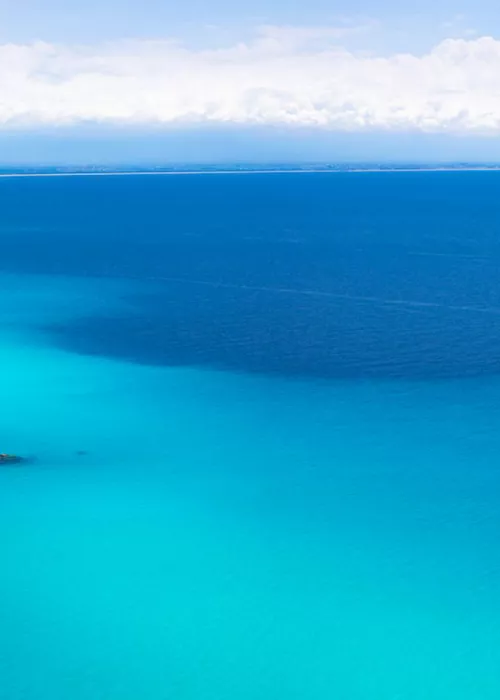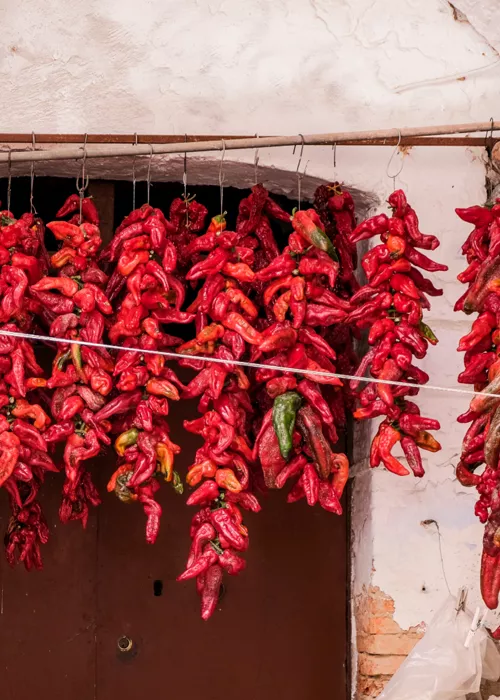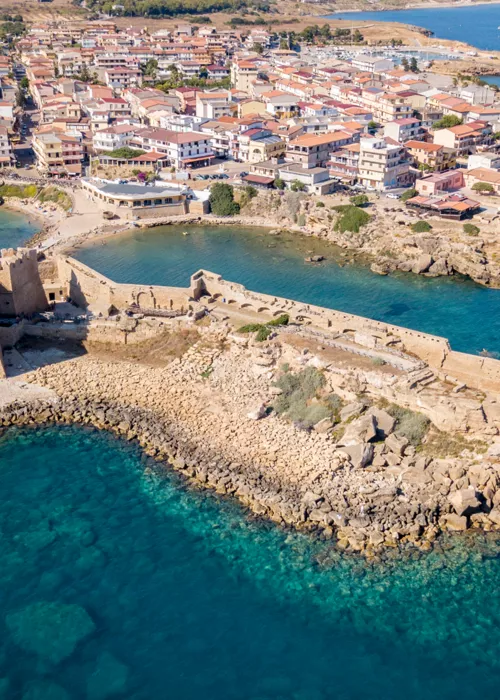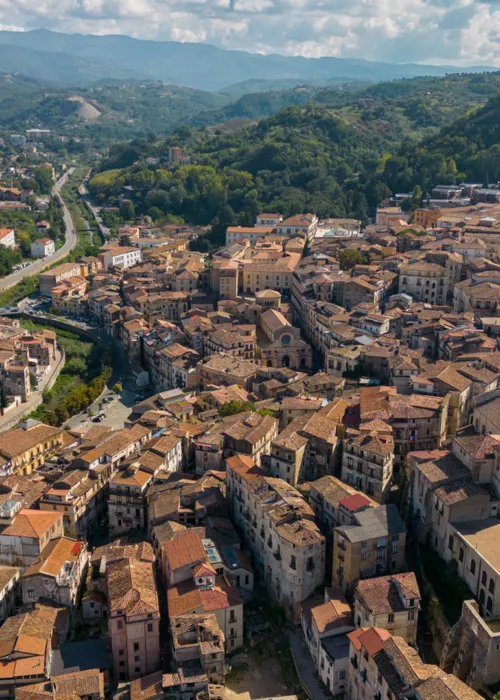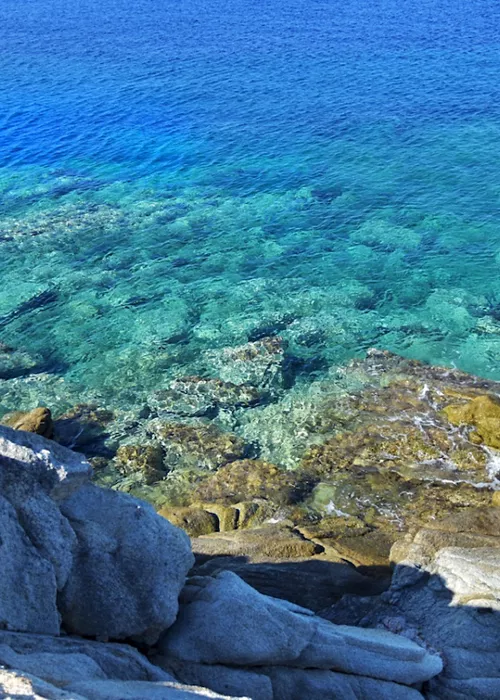Girifalco is a town of over five thousand inhabitants located on the slopes of Mount Covello. Due to its location in the centre of the isthmus and in an area rich in water resources, it has been inhabited since the Neolithic period. The origins of the name, of uncertain etymology, are traced by many to the circling of falcons trained to hunt and control the territory in medieval times. Today's Girifalco owes its foundation to the arrival of communities fleeing from Toco and Caria, settlements besieged by the Saracens in836 A.D. The devastating earthquakes of the 17th century changed the appearance of the town, the heart of the fiefdom of the duchess of Girifalco Virginia Ravaschieri later passed to the Caracciolo family, which was rebuilt further down the valley in the area of the Baroque fountain. Commissioned by the head of the council of the Universitas of Girifalco, Carlo Pacino, after whom the splendid limestone work, octagonal on the outside and circular on the inside, is named, it is also known as the "Devil's Fountain". The reason for this attribution is that on one day in 1663, the fountain suddenly appeared to the peasants who, having left for the fields at dawn, on their return at sunset found themselves in front of the fountain, of which there was no trace in the morning. In fact, the reason for this rapid realisation lies entirely in the skill of the local stonemasons who, having prepared the different modules in what is still known as the stonemasons' cave, located near the cliff Monks' Stone, had skilfully placed and assembled them in the Piazza in just a few hours. The work is located next to the Church of St. Rocco, once dedicated to St. Michael the Archangel, to whom a chapel is dedicated. The earthquake of 28 March 1783, which had Borgia and Girifalco as its epicentre, a violent tremor of magnitude 7.0, further devastated the oldest part of the town, also destroying the old Mother Church of the Madonna delle Nevi, later rebuilt in 1789 on the site of the chapel of the Dominican convent, the ruins of which are still evident. See the entrance to the Ducal Palace, the Cannaletta, a beautiful six-channel fountain, and the botanical garden.
A very young textile artisan-designer, Rocco Vitaliano, works in Girifalco. He takes old natural Calabrian yarns and makes them into sustainable and distinctive fabrics, using hand-spun silk and linen and, on request, even garments with broom fibre. A visit to his workshop is highly recommended.




